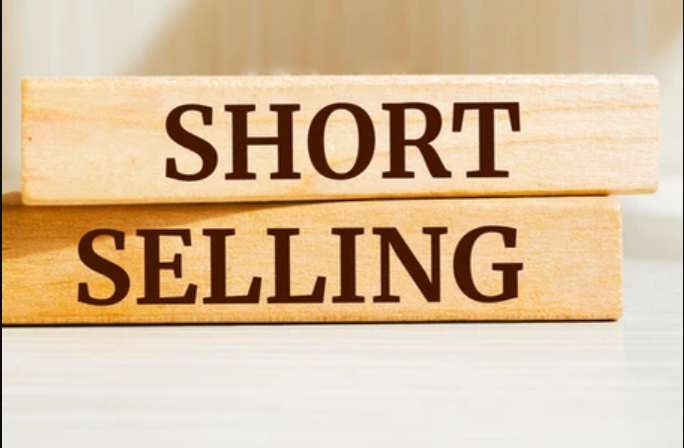The housing market can be unpredictable, and sometimes homeowners find themselves in situations where they owe more on their mortgage than their home is worth. In such cases, a short sale may be a viable option to avoid foreclosure and alleviate financial burden. This article will provide an in-depth understanding of what a short sale is and how to navigate the process if you need to short sale your home.
What is a Short Sale on a House?
A short sale occurs when a homeowner sells their property for less than the amount owed on the mortgage. This type of sale happens when the homeowner is experiencing financial hardship and can no longer afford to make mortgage payments. The lender must agree to accept a payoff amount that is less than what is owed on the loan. In essence, the lender agrees to “short” the loan, allowing the sale to proceed.
Short sales can be beneficial for both the homeowner and the lender. For the homeowner, a short sale can help avoid the more damaging financial consequences of foreclosure. For the lender, it allows them to recoup a portion of the loan without the lengthy and costly foreclosure process.
The Benefits and Drawbacks of a Short Sale
Before deciding to short sale your home, it’s essential to understand the benefits and drawbacks of this option.
Benefits of a Short Sale:
- Avoiding Foreclosure: A short sale can prevent the homeowner from going through the foreclosure process, which can severely impact their credit score and financial future.
- Debt Relief: Once the short sale is complete, the homeowner is usually released from the remaining mortgage debt, giving them a fresh financial start.
- Less Impact on Credit Score: While a short sale will still affect your credit score, the impact is generally less severe than a foreclosure.
- Control Over the Sale: In a short sale, the homeowner has more control over the sale process than they would in a foreclosure, including the ability to choose the buyer.
Drawbacks of a Short Sale:
- Time-Consuming Process: Short sales can take a long time to complete, often several months, due to the need for lender approval.
- Credit Score Impact: While less damaging than a foreclosure, a short sale will still negatively impact your credit score.
- No Profit: The homeowner does not receive any profit from the sale, as the proceeds go directly to the lender to pay off the mortgage.
- Tax Implications: In some cases, the forgiven debt may be considered taxable income, leading to potential tax liabilities for the homeowner.
How to Short Sale Your Home
If you’ve decided that a short sale is the best option for you, the following steps will guide you through the process:
- Assess Your Financial Situation
The first step in the short sale process Scottsdale is to assess your financial situation. Determine if a short sale is the best option for you by considering your current mortgage balance, the value of your home, and your financial hardship. You may also want to consult with a financial advisor or real estate agent who specializes in short sales.
- Contact Your Lender
Once you’ve decided to pursue a short sale, contact your lender to discuss your options. You’ll need to explain your financial hardship and request permission to proceed with a short sale. The lender will typically require you to submit a hardship letter detailing your financial situation, along with supporting documentation such as bank statements, tax returns, and pay stubs.
- Hire a Real Estate Agent
Working with a real estate agent who has experience with short sales is crucial. An experienced agent will know how to market your home, negotiate with the lender, and guide you through the complex process. They can also help you set a realistic listing price that reflects the current market conditions and the amount owed on the mortgage.
- List and Market Your Home
Once you’ve hired a real estate agent, the next step is to list and market your home. Your agent will list the property at a competitive price to attract buyers while working to ensure the lender’s approval of any offers received. It’s important to be patient during this process, as finding a buyer and obtaining lender approval can take time.
- Negotiate with the Buyer and Lender
When you receive an offer on your home, your real estate agent will negotiate with the buyer to ensure the offer is acceptable to both you and the lender. Once an agreement is reached, the offer is submitted to the lender for approval. This step can take several weeks or even months, as the lender reviews the offer and decides whether to accept it.
- Close the Sale
After the lender approves the offer, the final step is to close the sale. At closing, the proceeds from the sale are used to pay off the mortgage, and any remaining debt is typically forgiven. The lender will release the lien on the property, and the buyer takes ownership.
Conclusion
A short sale can be a lifeline for homeowners facing financial hardship, offering a way to avoid foreclosure and move forward with their lives. By understanding what a short sale is and how to short sale your home, you can navigate this complex process with confidence. Remember to work closely with your lender and hire an experienced real estate agent to guide you through the journey, ensuring the best possible outcome for your situation. If you’re considering a short sale, Short Sale Today is here to help you every step of the way.
